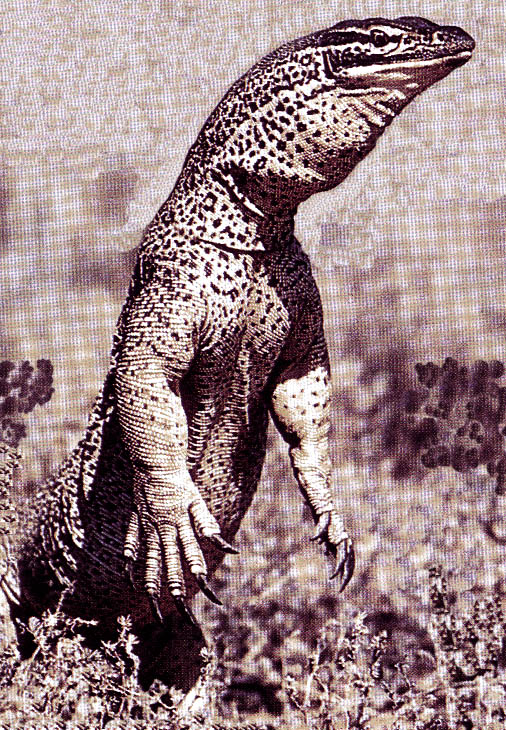A lare granite slab about ten meters long jutted out in a gentle slope from this hill. Both the tennis and volleyball courts abutted this slab which was used as a viewing deck. During various tournaments and matches it was crowded with spectators. Above the slab the hill was full of rocks, boulders and many outcrops. Very tall cassia and gum trees wooded it as well as berry, thorn acacias and African silky oaks grew on it. While other children played cards, ludo, carom, or some other board games, I spent my time at the top end of the slab or sat on one of the boulders further up. This area was full of all sorts of small wild life and birds and it was another favourite haunt of mine.
Occasionally a few storks arrived to roost as well and this added to the rumpus in the top branches as they hopped from branch to branch to find a spot, only to be chased by the regular occupants. But they too found empty spots in the upper canopy, and made a thin-legged two-point landing, wings in a rapid flutter for air brakes. As the sun descended behind the hill and darkness enveloped the trees the noises gradually died. Only an occasional caw or a squawk gave an indication of any life on the trees. Pretty soon the quiet of the day birds was replaced by the hoots of the tawny owls, clicks of the bats circling the tree tops, and in the distance, hoo, hoo, hooo, of the hyenas.
The hyrax live in large and permanent colonies and reside in one regular place. Another peculiar habit of the hyrax is that they always use the same spot for their toilet, which is over a slopping rock away from their burrows and crannies. This makes it very easy to spot their area as after a while the droppings leave a wide white mark on the rock. The hyrax also like to bask and come out to sit on the nearby rocks. Mostly they sit still well camouflaged against the dark rocks amid yellow green grass but a few scouts dart about keeping a watch, and from time to time pop up their heads or stand up on the hind legs. A short sharp bark warns of any danger, particularly of the tawny kites, and the whole mob skitters into the burrows in between the rocks and boulders. They are then extremely hard to get at. You boys may recall seeing two hyraxe basking on the high rocky lookout in the Masai - Mara National Park.
Whenever the club staff came to empty the garbage bins they carried a short stout stick. They beat the bins as they approached the hole because a mburukenge can inflict a very nasty bite. As the men came closer all the mburukenges rose to investigate, then with all legs extended they took off. As they raced over the garbage they scattered it about. Empty cans and tins clattered, cardboard boxes tumbled and paper ripped. Sometimes a piece of paper got caught in the sharp claws and a mburukenge tore away with a page or two of the East African Standard on its legs. With great speed they clamored out of the hole and disappeared into the hill.
